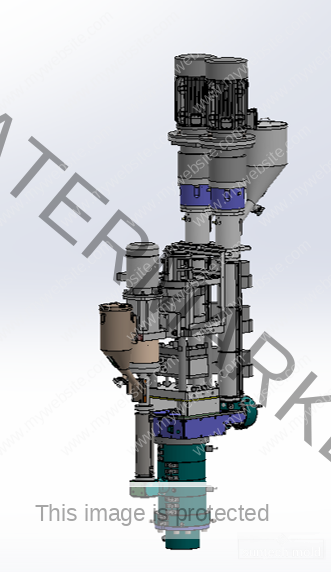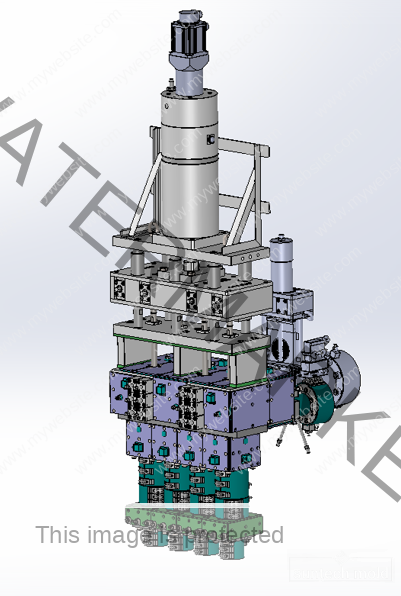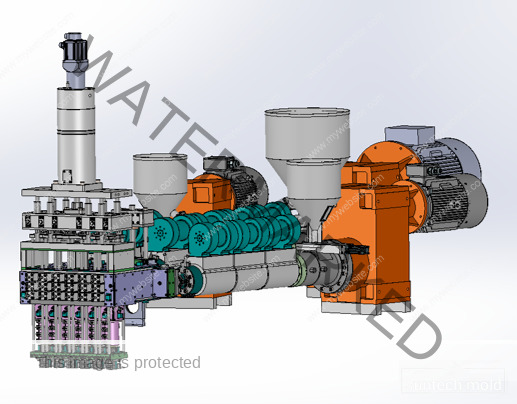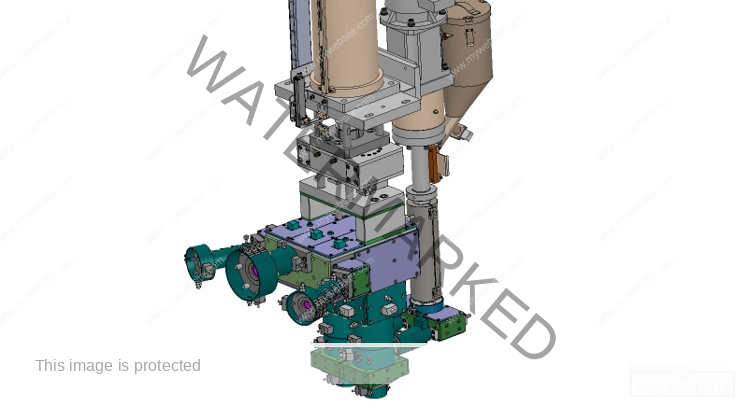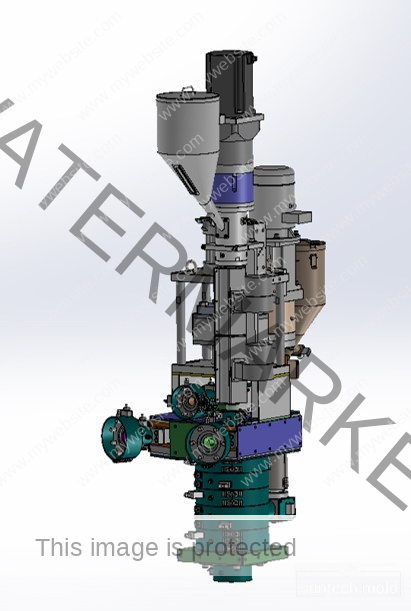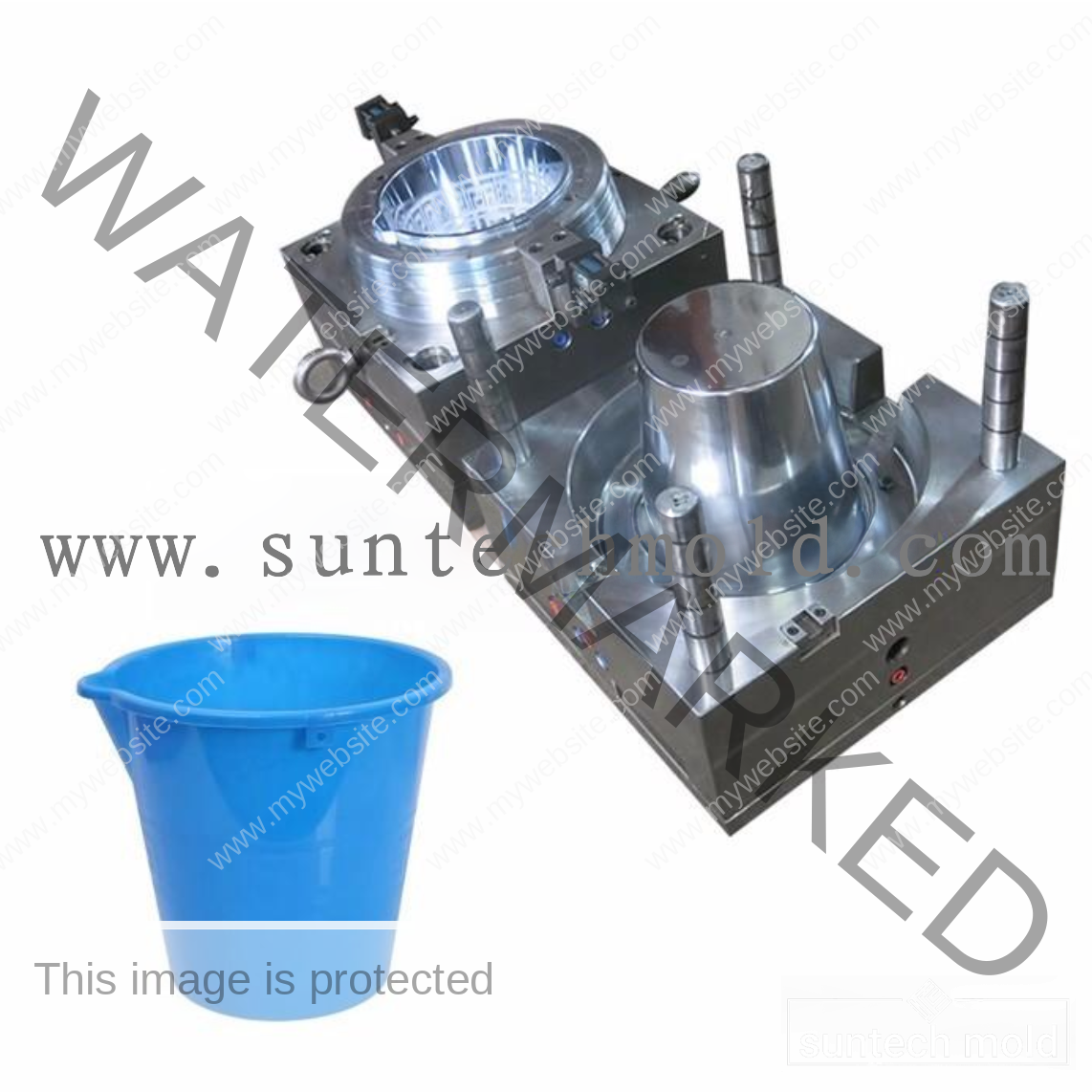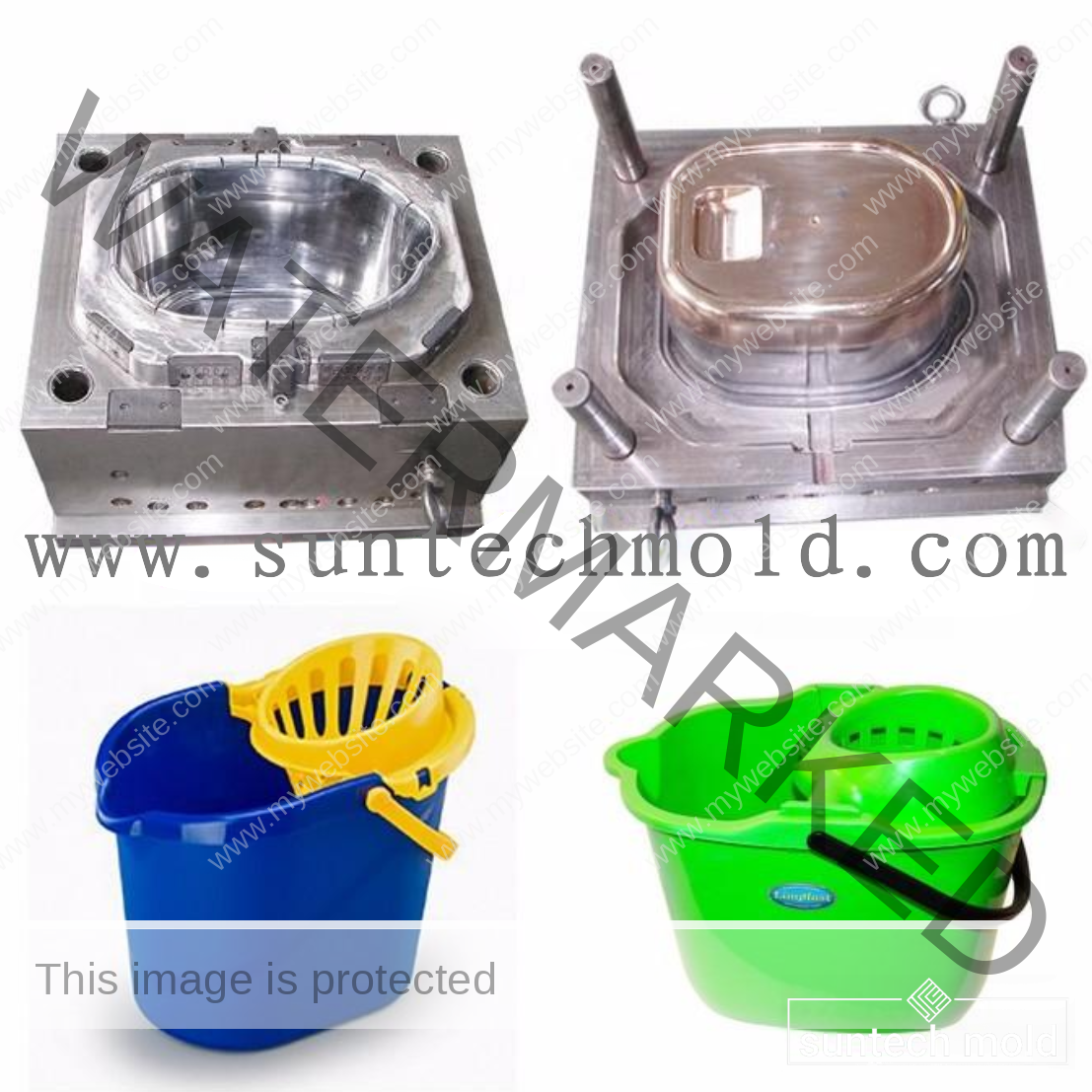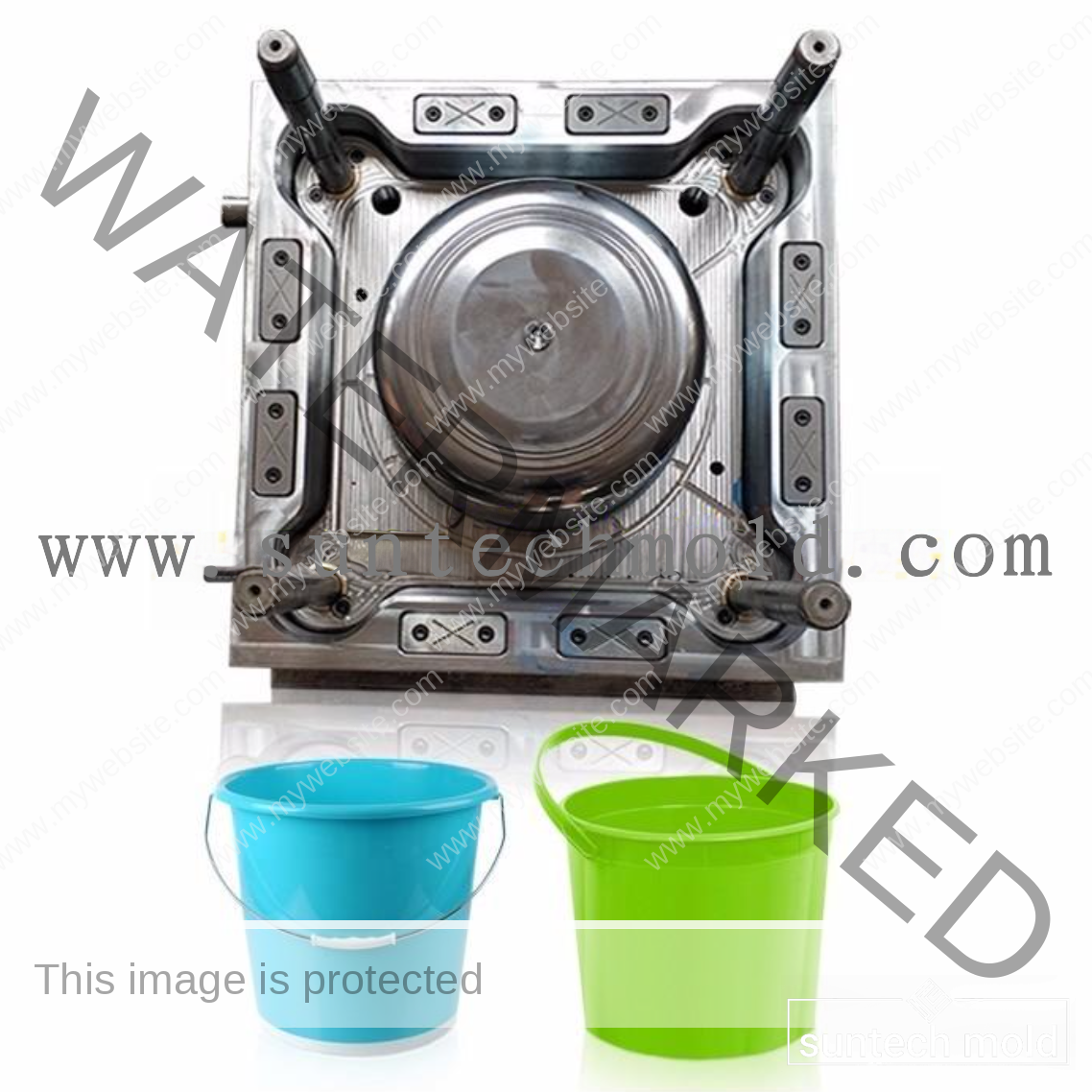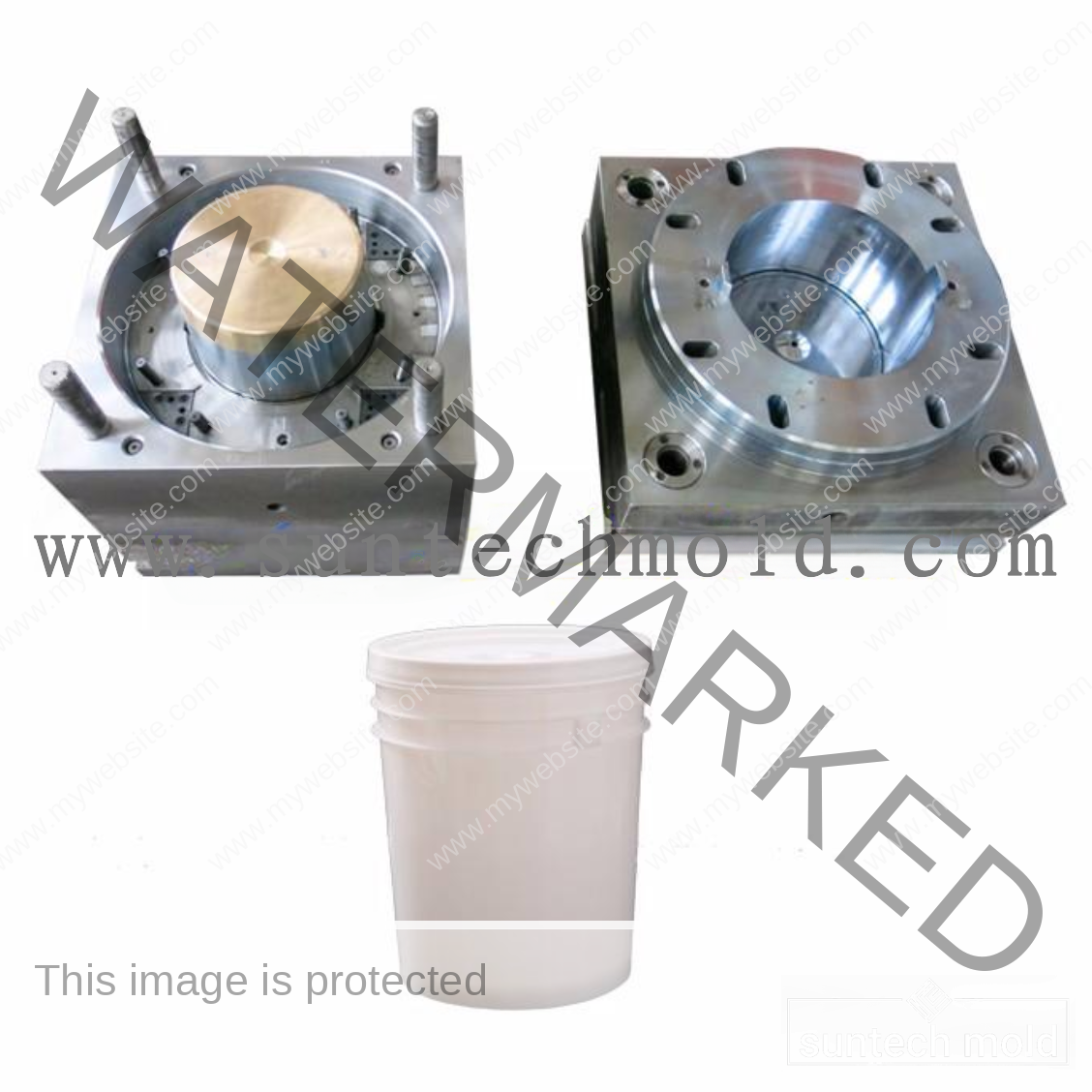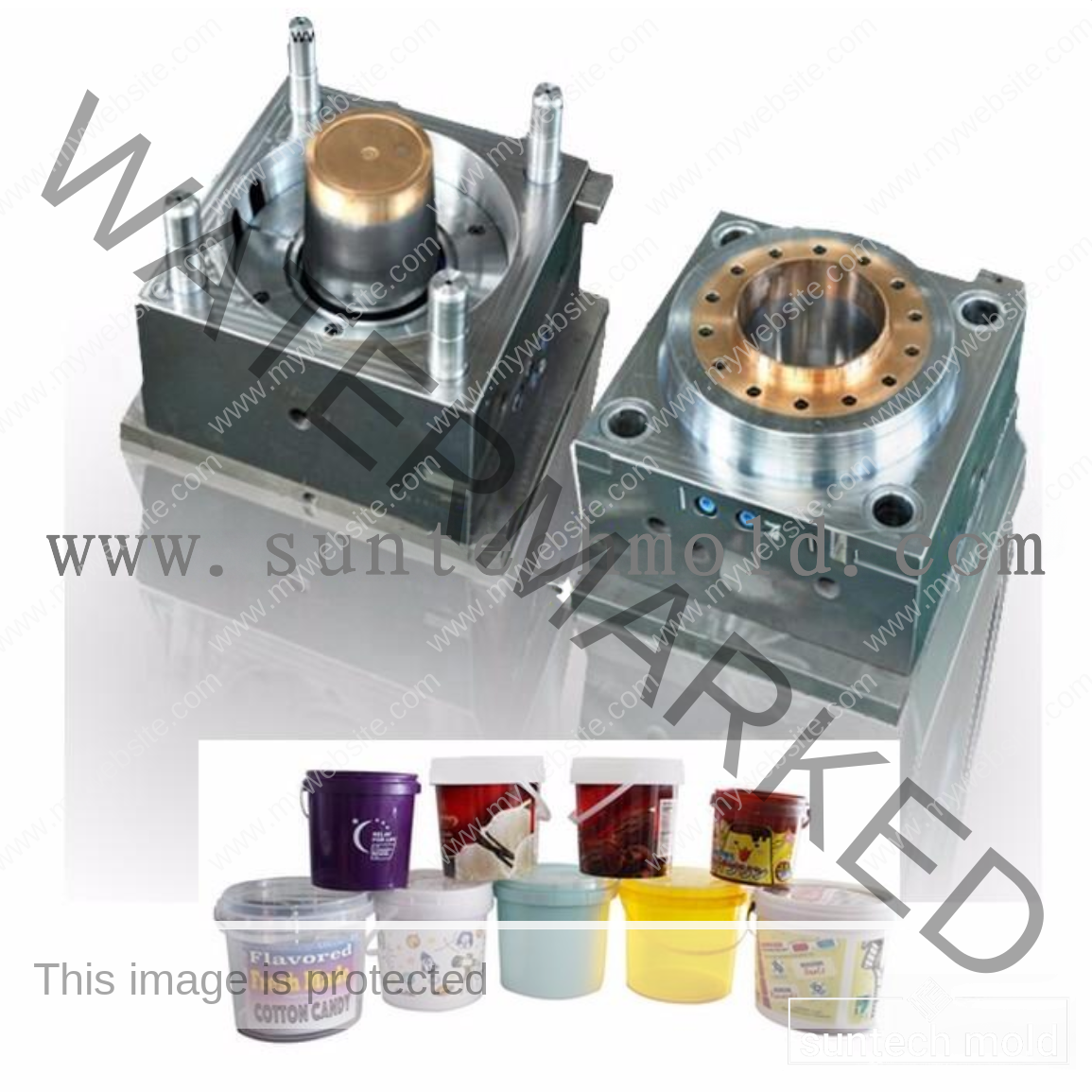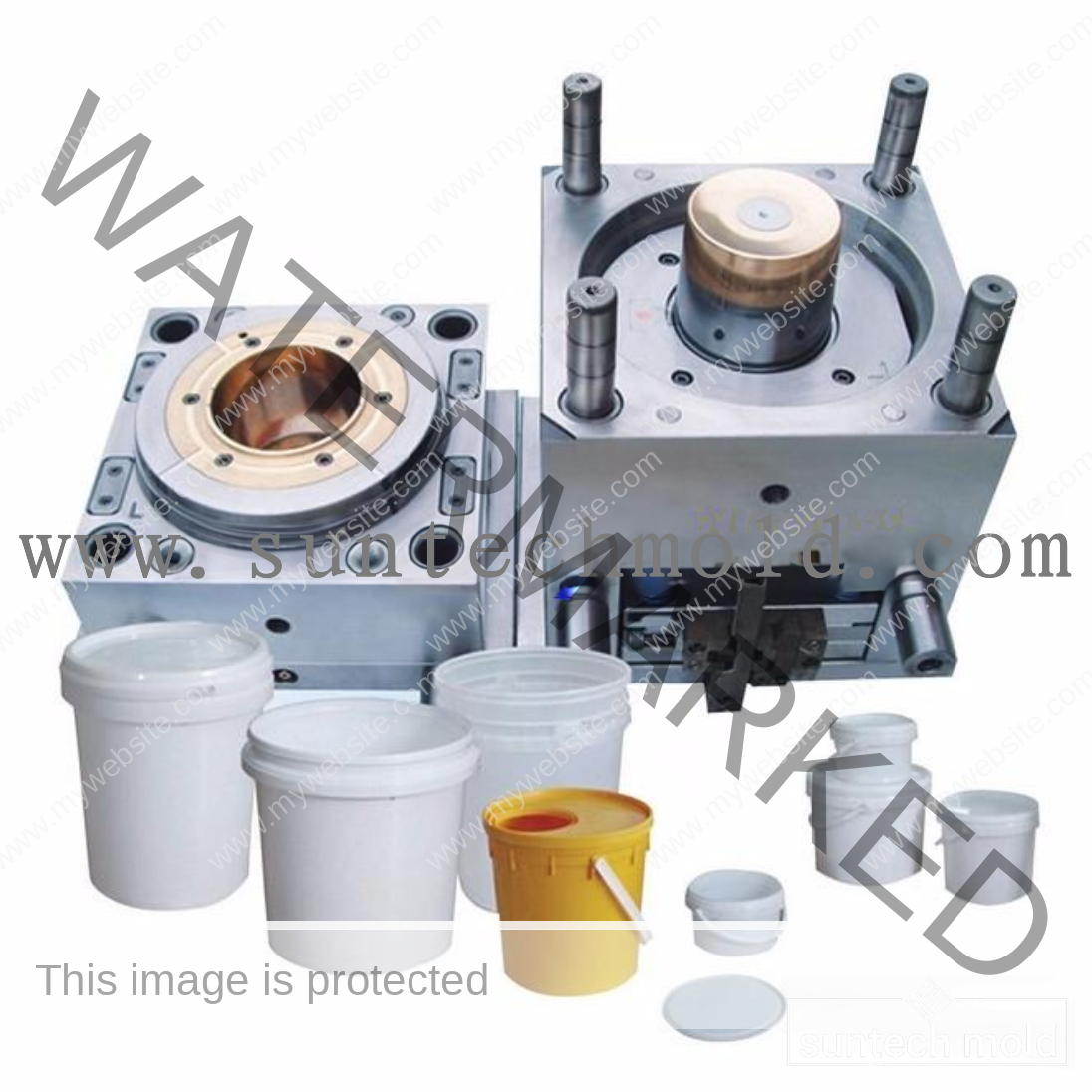Bucket and Pail Injection Mold for High-Performance Manufacturing
Maintain and Maximize Productivity with a Premium Pail Injection Mold
In today’s fast-paced manufacturing environment, quality and consistency are critical. Investing in a durable, precision-engineered pail injection mold is essential for companies producing plastic buckets, paint pails, and other heavy-duty containers. At Suntech Mold, we deliver top-tier molds designed for long-lasting performance and minimal downtime.
But even the best tools require proper care. With the right maintenance strategies, you can extend the lifespan of your mold, preserve product quality, and keep your production line running smoothly.
Importance of Regular Maintenance for Pail Injection Mold Performance
A high-quality pail injection mold is an investment. Protecting that investment with consistent maintenance ensures long-term value. Without proper care, molds can develop defects, experience longer cycle times, and produce inconsistent parts—all of which increase costs and reduce efficiency.
Below are key maintenance practices to follow for peak mold performance.
Routine Cleaning: Prevent Build-Up and Ensure Part Accuracy
Clean After Each Cycle or Daily
Plastic residue, dust, and debris can build up over time, affecting product quality and mold integrity. Depending on usage frequency, molds should be cleaned after each cycle or at least once per day.
Use the Right Tools
Avoid abrasive materials that can scratch or damage the mold surface. Use soft brushes and industry-approved solvents to clean cavities and parting lines. This simple step can prevent flash, short shots, and other defects in molded parts.
Lubrication of Moving Components
Keep Ejectors and Slides Functioning Smoothly
Moving parts such as ejector pins and side actions experience high wear. Lubricating these components reduces friction, prevents galling, and ensures smooth operation during each production cycle.
Choose the Right Lubricant
Use high-temperature mold lubricants approved by the mold manufacturer. This ensures compatibility with materials and operating conditions, maintaining performance over time.
Visual and Dimensional Inspections
Spot Early Signs of Wear
Regular visual inspections help detect issues like corrosion, surface pitting, or damage to critical mold features. Pay close attention to high-contact areas such as cavities, cores, and gating systems.
Use Precision Measurement Tools
Use gauges or measuring devices to verify critical dimensions. Ensuring the mold remains within original specifications helps maintain part accuracy and reduces rework.
Cooling System Maintenance for Consistent Production
Prevent Blockages with Routine Flushing
Cooling channels often get clogged with debris, scale, or rust, reducing thermal performance. Flushing the system regularly helps maintain proper mold temperature during operation.
Monitor Cooling Temperatures
Consistent mold temperature is essential for cycle efficiency and part consistency. Regularly check coolant temperatures and flow rates to ensure uniform performance across the mold.
Mold Storage and Environmental Control
Keep Molds Dry and Clean
Store your pail injection mold in a dry, dust-free environment. Use rust inhibitors and protective covers to prevent contamination during downtime.
Manage Humidity Levels
Steel molds are susceptible to moisture-related issues. Maintain a controlled environment with low humidity to prevent rust and corrosion, especially during long storage periods.
Operator Training and Maintenance Awareness
Train Operators on Best Practices
Proper handling reduces the risk of accidental damage. Train operators to avoid forcing ejectors, misaligning inserts, or contaminating mold surfaces.
Promote Maintenance Awareness
Operators should understand the role of mold maintenance in achieving product quality. Encourage proactive checks and prompt reporting of any irregularities.
Keep a Detailed Maintenance Log
Track All Mold Activities
Maintain a comprehensive maintenance log, recording all cleanings, inspections, lubrication schedules, and repairs. This helps in tracking mold wear and planning preventive maintenance.
Follow Manufacturer Instructions
Refer to the specific maintenance guidelines provided by your pail injection mold manufacturer. These instructions offer valuable insights into care routines tailored to your specific mold design.
Address Repairs Promptly to Prevent Escalation
Don’t Delay Minor Fixes
Small issues such as surface scratches or alignment problems can quickly evolve into larger defects. Address them promptly to prevent costly mold refurbishments or replacements.
Consider Periodic Professional Servicing
Some molds may benefit from periodic service by mold specialists. This includes ultrasonic cleaning, polishing, and re-machining of worn components to restore optimal function.
Extend the Life and Efficiency of Your Pail Injection Mold
By integrating these best practices into your maintenance strategy, you not only improve production efficiency but also preserve the integrity of your pail injection mold. Reduced downtime, fewer product defects, and longer mold life all contribute to higher profitability and smoother operations.
Why Choose Suntech Mold for Your Pail Injection Mold?
At Suntech Mold, we bring years of expertise and a commitment to quality in every mold we produce. Our pail molds are engineered for high-volume applications, made with durable steel alloys, and designed with efficient cooling systems and user-friendly maintenance features.
When you partner with us, you get:
-
Expert consultation and custom mold design
-
Fast turnaround and strict quality control
-
Molds compatible with HDPE, PP, and other resins
-
Ongoing support and maintenance guidance
Contact Us to Learn More
Looking for a reliable, high-performance pail injection mold that meets your production needs? Get in touch with Suntech Mold today. We’ll help you choose the right solution for your application and provide the support needed to ensure long-term success.

